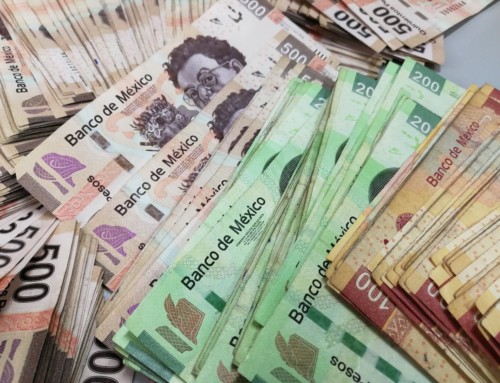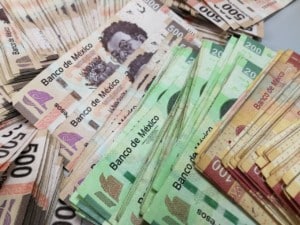Having a deep understanding of the discount rate and its impact on investment decisions is crucial in the field of finance. The discount rate is a financial concept used to determine the present value of future cash flows. It represents the opportunity cost of investing in a particular asset or project and takes into account various factors such as inflation, risk, and opportunity cost.
The discount rate is commonly used in financial analysis to evaluate investment opportunities and assess the potential return on investment. It is especially important in calculating the net present value (NPV) of future cash flows, which is a key determinant of whether an investment opportunity is profitable or not.
To accurately calculate NPV, it is essential to select an appropriate discount rate.
La tasa de descuento adecuada depende del nivel de riesgo asociado con la oportunidad de inversión. Se utiliza una tasa más alta para inversiones más arriesgadas, ya que es más probable que resulten en pérdidas. Por el contrario, se utiliza una tasa de descuento más baja para inversiones menos arriesgadas, puesto que es más probable que resulten en ganancias.
The discount rate is often determined by the risk-free rate of return, which is the return an investor would expect to receive from a risk-free investment such as a government bond. The risk-free rate serves as a baseline for determining the discount rate, with additional factors such as inflation and market risk taken into account to determine the final rate.
It is important to note that the discount rate is not a fixed figure and can change over time. Economic factors such as changes in interest rates, inflation rates, or market risk can affect the discount rate. Therefore, it is essential to regularly review and adjust the discount rate to ensure investment decisions are based on accurate and up-to-date information.
In summary, the discount rate is a fundamental concept in finance that helps investors determine the present value of future cash flows and assess the potential return on investment. It takes into account various factors such as inflation, risk, and opportunity cost and is used to calculate the net present value of future cash flows. Selecting an appropriate discount rate is crucial for accurate NPV calculations, and it is important to review and adjust the rate regularly as needed to ensure investment decisions are based on accurate and up-to-date information.
Bond and discount rate differences
A bond is a debt security, similar to an IOU. Borrowers issue bonds to raise money from investors willing to lend them money for a certain amount of time.
The bond rate refers to the interest rate paid to bondholders as compensation for the money borrowed. On the other hand, the discount rate is a rate used to calculate the present value of future cash flows, and represents the opportunity cost of investing in a project compared to a risk-free investment such as a government bond.
While the bond rate is specifically related to bonds and reflects the credit risk of the issuer, the discount rate is used in investment project analysis and takes into account various factors such as inflation, risk, and opportunity cost. In other words, the bond rate is a specific interest rate paid to investors, while the discount rate is an opportunity cost rate used to calculate the present value of future cash flows and determine the profitability of an investment.
Web page
Financial advisory for the company.
https://hbr.org/ | https://www.sec.gov/rules/sro/nyse.htm
https://akademiun.com | https://avacum.com | https://hbr.org | www.pdv-a.com
Study Case
Do You Know How Much Your Business Is Worth?
For content inquiries, please contact:
www.akademiun.com
mail a: info@pdv-a.com, info@akademiun.com







Leave A Comment